|
계속 AXXON 내부에서도 외부 시장에서도 언급이 되고 있는 딥러닝과 CCTV, 영상 관제 관련 글입니다. 일리시스는 지능적인 영상분석 관련 원천 기술 개발 전문기업입니다. (http://www.illisis.com) http://www.cctvnews.co.kr/news/articleView.html?idxno=68301
1 Comment
표정으로 테러/용의자를 구분하는 진화된 얼굴 인식기술의 소개가 국내외에 소개되어서 공유 합니다. 러시아(!) 회사이고 startup 회사로 소개 되고 있습니다. 실제 적용 되는 현황과 기술 수준은 본사에 문의해 보려고 합니다. :)  출처 : https://www.digitaltrends.com/cool-tech/russian-startup-launches-facial-recognition/ 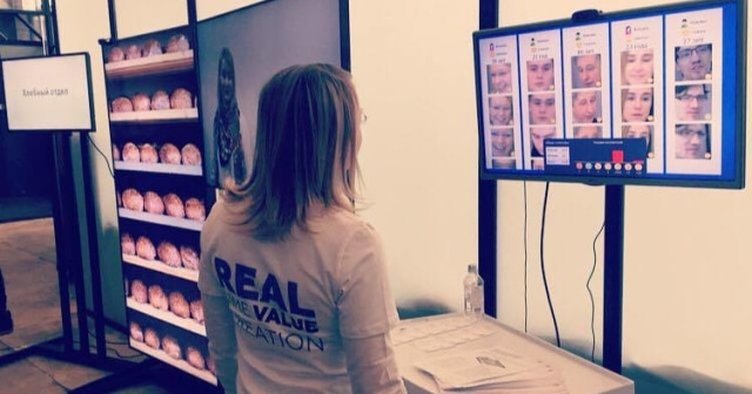 NTechLab is only a year old, but the Russian startup is making headlines with its controversial facial recognition technology. The company rocketed to the top of this nascent industry when it beat Google in the “MegaFace” facial recognition competition held last year in Washington state. With 30 successful tests under its belt and 300 pending orders, the company is ready to take its facial recognition system to the world. The company plans to make its cloud-based facial recognition system available to corporate, government, and law enforcement clients. This cloud-based service allows an entity to upload a database of photos and use it for facial recognition purposes. Later this year, NTechLab will release a software development kit for third-party developers and will roll out a factory security system powered by its facial recognition tech. NTechLab sets itself apart from its competitors with its high level of accuracy and its ability to search an extensive database of photographs. At the MegaFace Championship, NTechLab achieved a 73 percent accuracy with a database of 1 million pictures. When the number dropped to 10,000 images, the system achieved a jaw-dropping accuracy of 95 percent. “We are the first to learn how to efficiently handle large picture databases,” said NTechLab founder Artem Kukharenko to Intel iQ. “This advantage is the key to solving real-world problems, such as finding a criminal in real-time or identifying a regular customer from store surveillance cameras.” The 20-person company was able to achieve these results using both deep learning and a neural network-based architecture. According to Kukharenko, the most difficult part of the process is the initial facial recognition, which is system-intensive. This step is the bottleneck in the process, and the team is working hard to improve the facial recognition algorithm so it can process a face at a faster rate and with fewer resources. Once a face is scanned, the system builds a feature vector with 80 numbers that represent detailed information about the face. Each person has a unique collection of numbers that distinguishes each profile from other people. In this stage, the system also identifies features in the face that’ll remain constant even when a person ages, grows facial hair, or changes their appearance by wearing glasses or putting on a baseball cap. The final stage compiles this information and uses it to search for a match in the picture database. NTechLab built its architecture to scale efficiently, allowing it to increase the database size tenfold, while only slowing down the detection process by 1.5 times. NTechLab has tested its technology on crowds, using it at an Australian amusement park and at the Alfa Future People Festival held this summer in Russia. At the music festival, concert attendees were invited to share their selfies with the NTechLab system. The system would scan the photos, store them, and use facial recognition technology to find the concertgoers in the crowd. When a match was identified, the system would send the matching concert photos directly to the person’s phone. In another public demonstration of its facial recognition prowess, NTechLab earlier this year released FindFace, a free app described as Shazam for people. The app allowed users to snap a photo of someone on the street and submit it for identification. The facial recognition technology identified the unknown person by searching the Russian social network Vkontakte and matching the submitted photo with a person’s social network feed 국내기사 : 출처1 전문 : http://view.asiae.co.kr/news/view.htm?idxno=2017051114150958555 출처2 전문: http://www.sciencetimes.co.kr/?p=164078&cat=36&post_type=news https://www.linkedin.com/pulse/future-video-encoding-h265-vs-h264-security-system-depot High Efficiency Video Coding (HEVC), also known as H.265, is a video compression standard that first debuted in 2013. In comparison to its predecessor, H.264(AVC), it offers on average double the data compression ratio while maintaining the same image quality at the same bit rate. H.264 is widely used, but just like H.265, took a few years to take off. Since its creation back in 2013, H.264 has undergone 22 revisions up until 2014. H.265, respectively, has had it latest 4 revision in 2016. Due to being owned by various parties under restricted patents as well as having licensing fees that are more expensive than H.264, it has deterred many from adopting the new technology even with its clear superiority. Although as time progresses, H.265 will be the only viable video encoder for higher resolution systems. One of the main benefits in the security industry to which one would prefer H.265 is storage capacity and costs. The new IP systems that support this video encoding standard boast about the 50% of bandwidth reduction. This includes the costs saved on physical SATA drives and a more expensive router that supports higher bandwidth. For example: An H.264 IP system recording 24hrs/day with 16 4MP cameras with a bit rate of 6144 kbps has a total bandwidth of 98304 kbps. With an 8TB HDD in the NVR, this system can record for about 7 days. An H.265 IP system recording 24hrs/day with 16 4MP cameras with a bit rate of 3072 kbps has a total bandwidth of 49152 kbps. With an 8TB HDD in the NVR, this system can record for about 14 days. Below is another comparison example between H.265 and H.264: 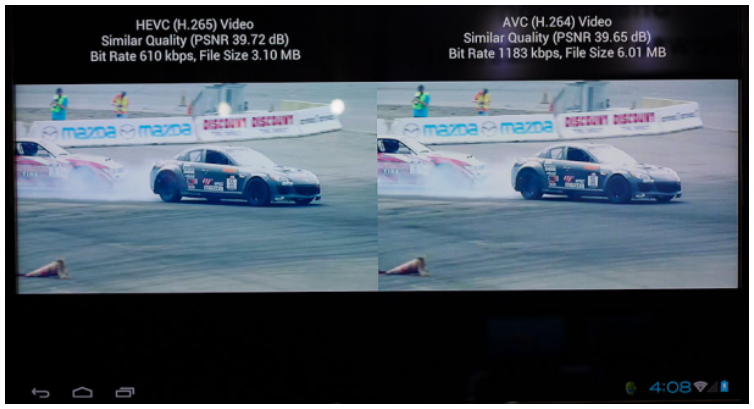 H.265/HEVC also supports HD and Ultra HD (UHD) video formats. H.264 lacks in this aspect as it can no longer meet the requirements needed for video encoding for higher image resolution.As customers' demand better and better image quality, H.265 is the video encoder of the future where 4K and 8K UHD will also become the standard in the market. Again Notice below at the difference in the clearness of the image using H.265 as opposed to H.264.
Consider getting an IP NVR and IP cameras that support H.265 for your next IP job, don't wait to upgrade to the future of IP! (Security System Depot is the Master Distributor of Uniview IP systems, which suport the H.265 encoding technology, saving you on HDD and bandwidth costs. For more information, please visit our website at 1800dvr.com for all your CCTV needs.) Vivotek works with partners to integrate H.265 technology into software
Ninelu Tu, Taipei; Joseph Tsai, DIGITIMES [Thursday 27 April 2017] Taiwan-based camera product supplier Vivotek has completed integration of its H.265 compression technology with software from 11 designers: Axxonsoft, Genetec, Milestone, Nuuo, Synology, Cathexis, Digifort, Exacq, Luxriot, Macroscop and Mirasys. Vivotek's new Smart Stream II and H.265 compression technologies allow the company's products to greatly reduce bandwidth needed for transmitting image data, but still maintain good quality. The company is also looking to develop solutions for 360 and 180 degree camera products. |
AxxonsoftKorea office Archives
June 2021
Categories |



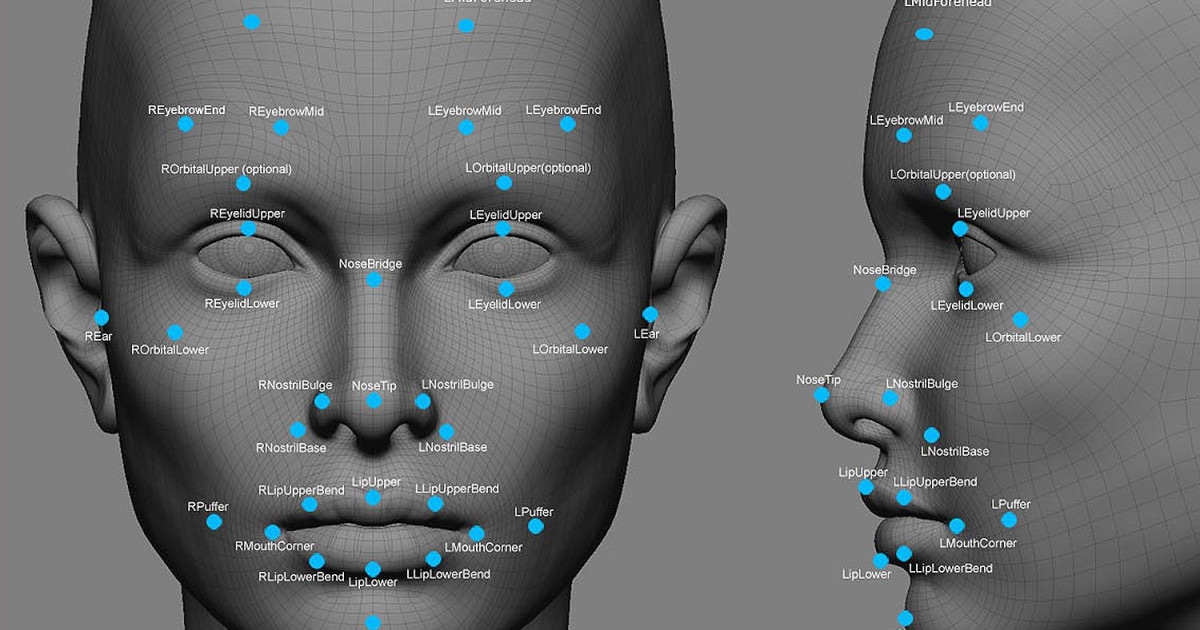

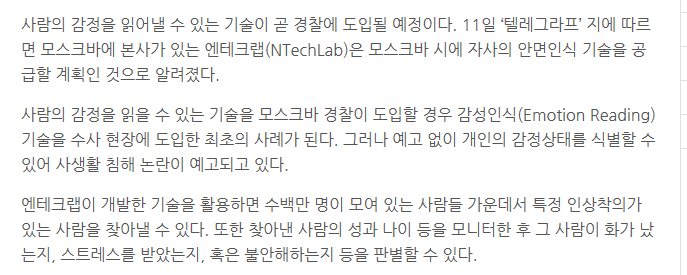
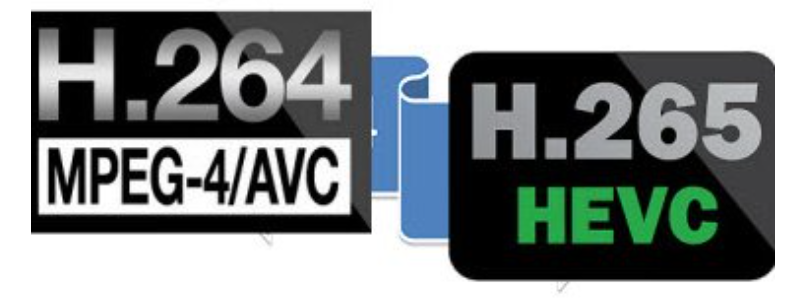
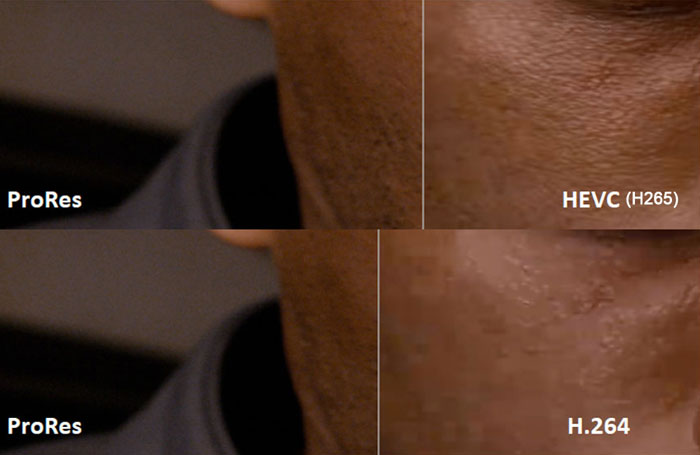
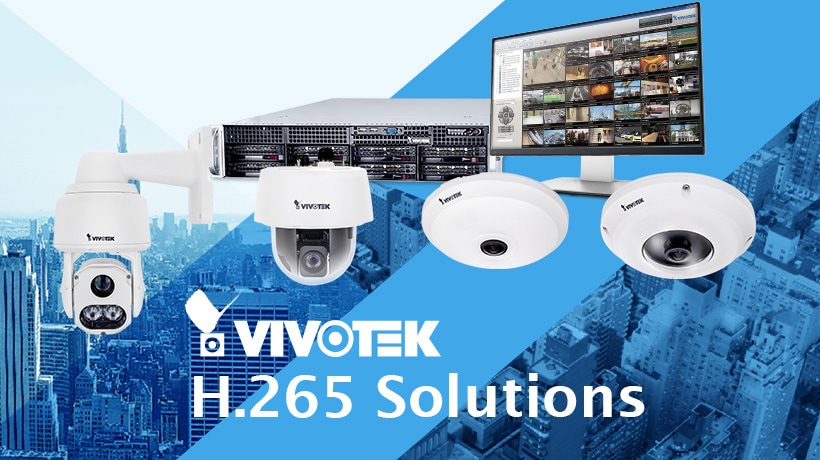
 RSS Feed
RSS Feed